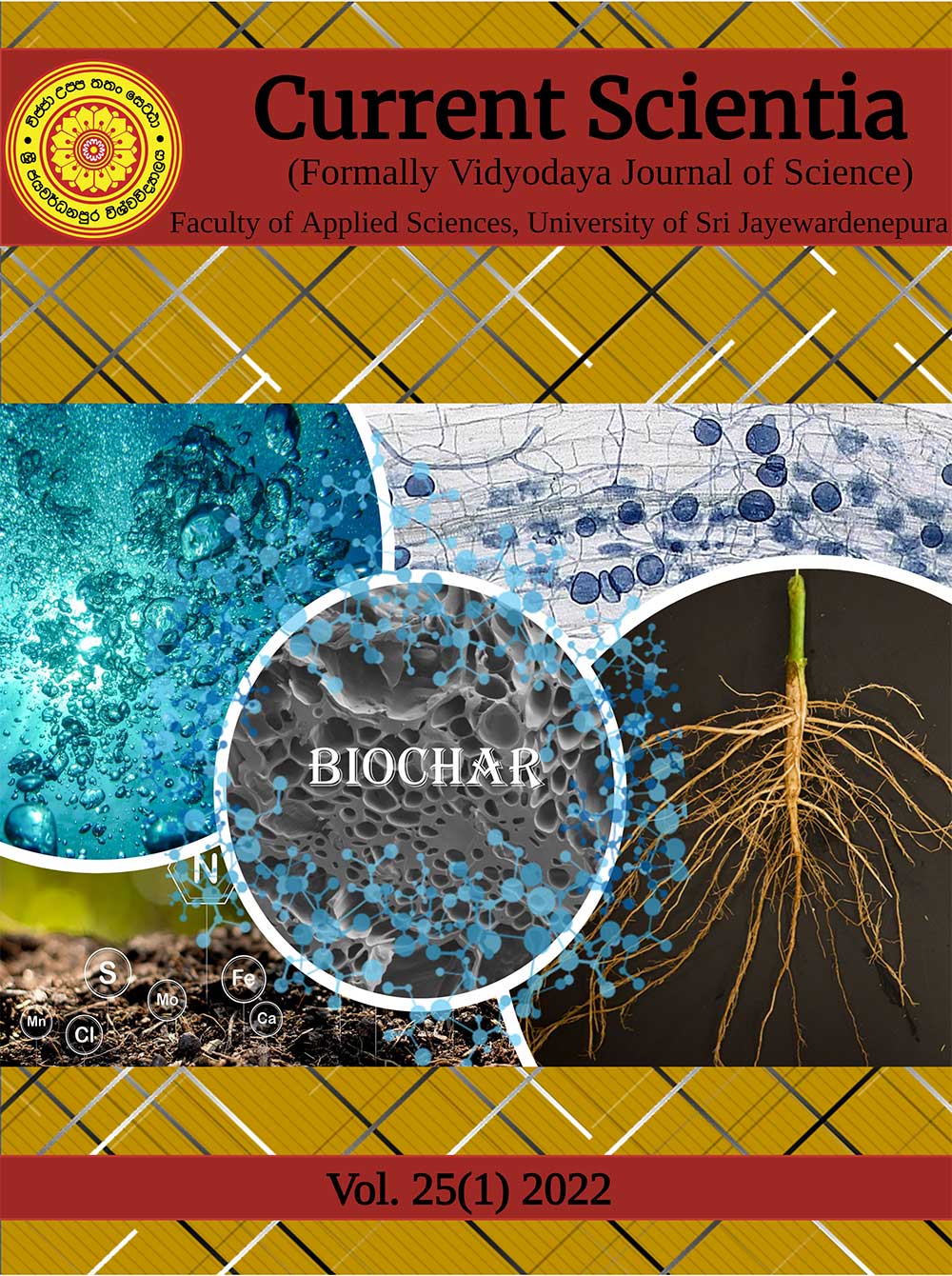Anti-microbial Nanohybrids Based on Naturally Derived Citric Acid Intercalated Layered Double Hydroxides
DOI:
https://doi.org/10.31357/vjs.v25i01.5929Abstract
Currently, there is an increased demand for advanced food packages, which can significantly increase the shelf life of food items. In the current context, it is envisaged that nanotechnology has the potential to address stability, toxicity, shelf-life, and low-cost issues of antimicrobials associated with the packaging industry. Antimicrobial nanocomposite systems are believed to be more efficient than their microscale counterparts due to the high surface area to volume ratio and quantum mechanical involvement in deciding their properties. As a result of high surface area, they are able to attach more copies of microbial molecules and cells, thus reducing the quantity of material required while significantly improving their activity. This study focuses on the development of slow-release antimicrobial material based on natural citrate (α-hydroxycitrate) intercalated layered double hydroxide (LDH) nanohybrid. Natural citrate ions available in Citrus aurantifolia (lime) were extracted by a simple chemical method and intercalated into Mg-Al-Layered Double Hydroxide following a one-step co-precipitation method. Successful intercalation of the citrate ion was confirmed by powder X-ray diffraction (PXRD) and Fourier transform infrared (FTIR) spectroscopic analysis. Release kinetics of resulted nanohybrid was studied and compared using different release kinetic models. Antimicrobial properties of this novel nanohybrid were confirmed against two common food pathogens, Colletotrichum gloeosporioides and Saccharomyces cerevisiae, and the results were compared against sodium benzoate, which is the commonly used commercial antimicrobial agent in the food industry. Successful intercalation of natural citrate ions into LDH and its activity against the tested microbes show the potential of using it as a slow-release nanohybrid material in many food-related applications.

Keywords: Layered Double Hydroxide, α-Hydroxycitrate, Natural, Safe, Lime Extract, Slow Release, Antimicrobial




